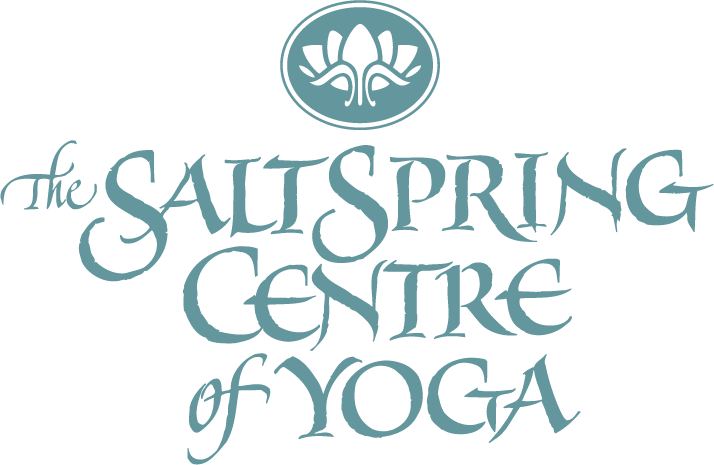Asana of the Month: Upavista Konasana
Upavista Konasana
Wide Angle Seated Forward Fold

I love forward bends! We know forward folds relax and calm the mind and body, and this pose is no exception.
This asana creates the openness to really let go and decompress from a stressful day. A nice restorative variation is to assume the pose against a wall, think of it’s as a “Wide-Legged Viparita Karani.”
Benefits
Upavista Konasana stretches the inner legs, the groins and hamstrings, strengthens the spine, and promoting a healthy pelvis and lower body. The pose also stretches the spine and stimulates the abdominal organs. Forward folding poses are known to calm the brain and promote relaxation, and as such, can be therapeutic for stress and insomnia. Massages the spinal column and strengthens the nervous system.
Contraindications
lower back injury
*modifications are indicated below in the ‘Getting into the pose’ section
Counter pose
Cobra/Bhujangasana
Getting into the pose
- Begin in Dandasana (stick pose) with your spine tall, your legs together straight out in front of you, and your back tall.
- Take your legs as wide apart as you comfortably can, keeping the feet flexed and active so that the inner legs don’t collapse inwards. Your kneecaps should point straight up toward the ceiling and your heels should be rooting firmly into the ground. If your inner legs begin to collapse, it’s a sign that you’ve taken the legs too far apart.*(Keep the legs active going into and out of the pose).
- Place your fingertips on the ground in front of you, between your legs. Maintain the length along the spine, keep your shoulders relaxed and your chest lifted. Inhale here.
- As you exhale, slowly begin to walk your fingertips forward until you find an edge that feels appropriate for your body. Avoid moving so deeply that your spine begins to round and your shoulders collapse. *(Keep the emphasis on lengthening evenly through the front and back body, avoid bending from the waist, and avoid forcing towards the ground. If you have trouble bending from the hips or sitting with legs wide apart, use a block or blanket under your buttocks).
- If it feels comfortable, you can come down onto your palms, a block, forearms, or take your torso down onto the ground between your legs. Otherwise, simply remain on your fingertips. Continue with 10 or more breaths here.
- To come out of the pose, keep the legs engaged and use an inhale to come upright with your core gently engaged to protect your spine. If you like, you can bend your knees and bring the soles of your feet together as a counterpose for your legs, or bend both knees into your chest and give yourself a hug.
Props help deepening the pose with ease


If you can’t bend forward without rounding your back, use a chair to rest your arms on to, gradually getting lower with other props like a bolster, blocks.
If your knees don’t straighten, and slight bend forward at the hips is awkward for you, then try placing a rolled towel or yoga mat under your knees.
Using the breath is important in getting in and out of the pose… follow each breath, notice the body and your sensations. Enjoy!
About the instructor
 Peter Ashok Baragon graduated from SSCY’s Yoga Teacher Training ten years ago and has been teaching in Vancouver and West Vancouver ever since. He enjoys teaching at community based centres for the variety of participants and the opportunity to offer different styles throughout the week. Rooted in classical ashtanga yoga and hatha yoga, he also teaches yin, restorative, chair-yoga for seniors and power flow vinyasa. Teaching for him flows from a place of love, compassion and gratitude.
Peter Ashok Baragon graduated from SSCY’s Yoga Teacher Training ten years ago and has been teaching in Vancouver and West Vancouver ever since. He enjoys teaching at community based centres for the variety of participants and the opportunity to offer different styles throughout the week. Rooted in classical ashtanga yoga and hatha yoga, he also teaches yin, restorative, chair-yoga for seniors and power flow vinyasa. Teaching for him flows from a place of love, compassion and gratitude.
Read more about Peter’s experience as a student of the Salt Spring Centre’s Yoga Teacher Training program.
Other postures taught by Peter

